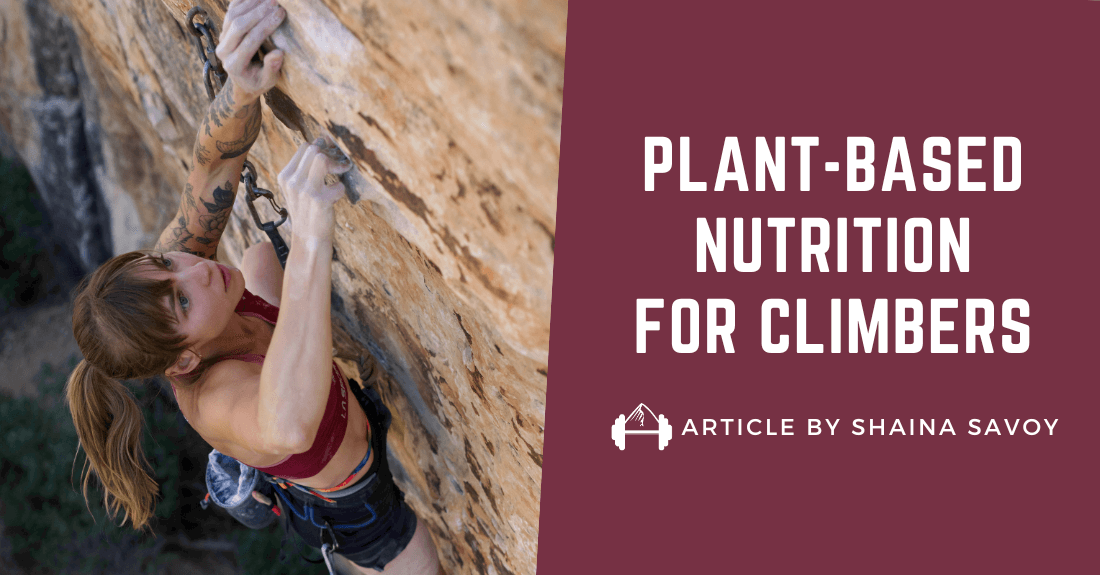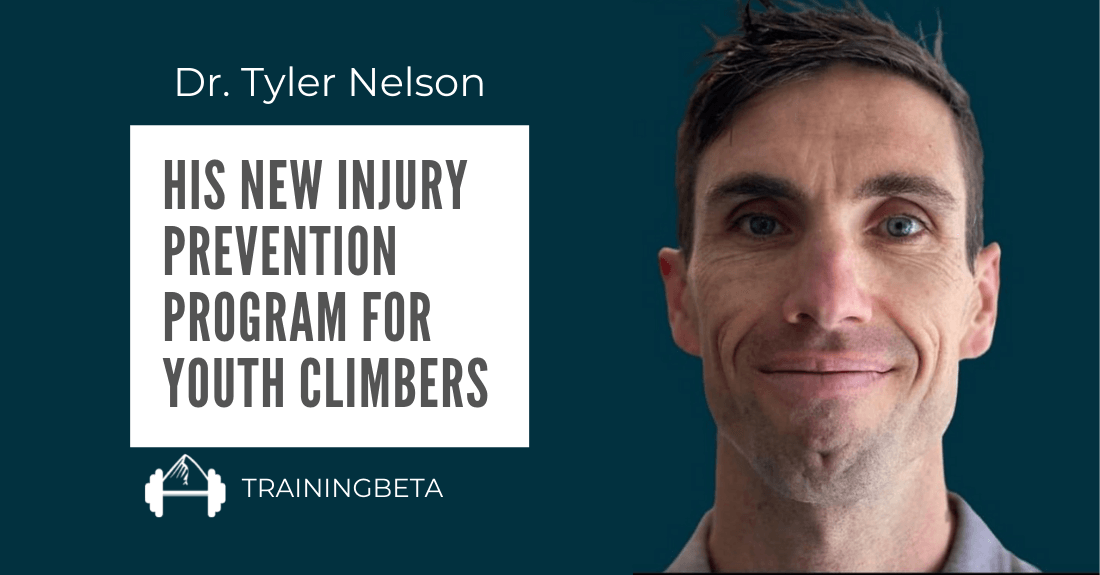It is no secret that having strong fingers is important for climbing difficult routes and boulders. Additionally, research has now shown that for experienced climbers fingerboards are the most effective tool for producing finger strength gains. However, as with any type of training, there are effective and ineffective ways to use a fingerboard. Using correct fingerboard strength protocols can produce serious finger strength gains. Incorrect or pre-mature use of fingerboards, on the other hand, can be ineffective and even result in injury.
To help you fingerboard correctly, here’s an article by climbing trainer Eric Hörst in which he outlines four, evidenced-based fingerboard strength protocols that actually work.
“Experienced climbers, with no recent history of injury to the fingers/elbows/shoulders, can employ one of these maximum-grip-strength protocols on a twice-a-week basis as supplement to time spent climbing. Aggregate number of climbing and finger training days per week must not exceed four—resting the fingers a minimum of three days per week is essential for neuromuscular recovery and finger tendon remodeling. Break this rule and you’ll likely end up “broken”….in one way or another.” – Eric Hörst
Fingerboard Strength Protocols Described:
As Hörst points out, while it may be tempting to start using a fingerboard right away, beginner climbers are better off waiting and just climbing as it will produce enough stress on the tendons to result in finger strength gains.
However, for intermediate and advanced climbers, fingerboards are the best way to progressively and safely increase the training intensity so that gains are continually made. Here are the four fingerboard strength protocols Hörst outlines:
- “Minimum Edge” Protocol
- Maximum Weight “10-Second” Protocol
- Maximum Weight “7-53” Protocol
- Short-Duration Repeaters (a Strength-Endurance Protocol)
All of these protocols have their individual merits and Hörst does an excellent job outlining exactly what each of their benefits are and how to perform them correctly.
If you are interested in starting a fingerboard program, definitely click through below to read about these programs in more detail. Fingerboarding can either be one of the most effective forms of training or one of the quickest ways to get hurt. The key is doing it correctly.
Full Article: 4 Fingerboard Strength Protocols
(photo courtesy of trainingforclimbing.com)
Other Articles You Might Like:
- Eric Hörst Intro to Fingerboard Training
- Maximum Strength Fingerboarding with Steve Maisch
- Fingerboard Training Plan- Moonclimbing
- Eva Lopez Finger Strength Training





Thanks! I don’t like to train fingers grip, but it’s sooo important!